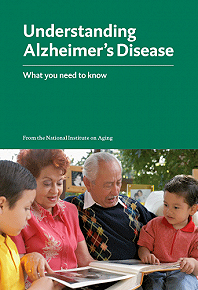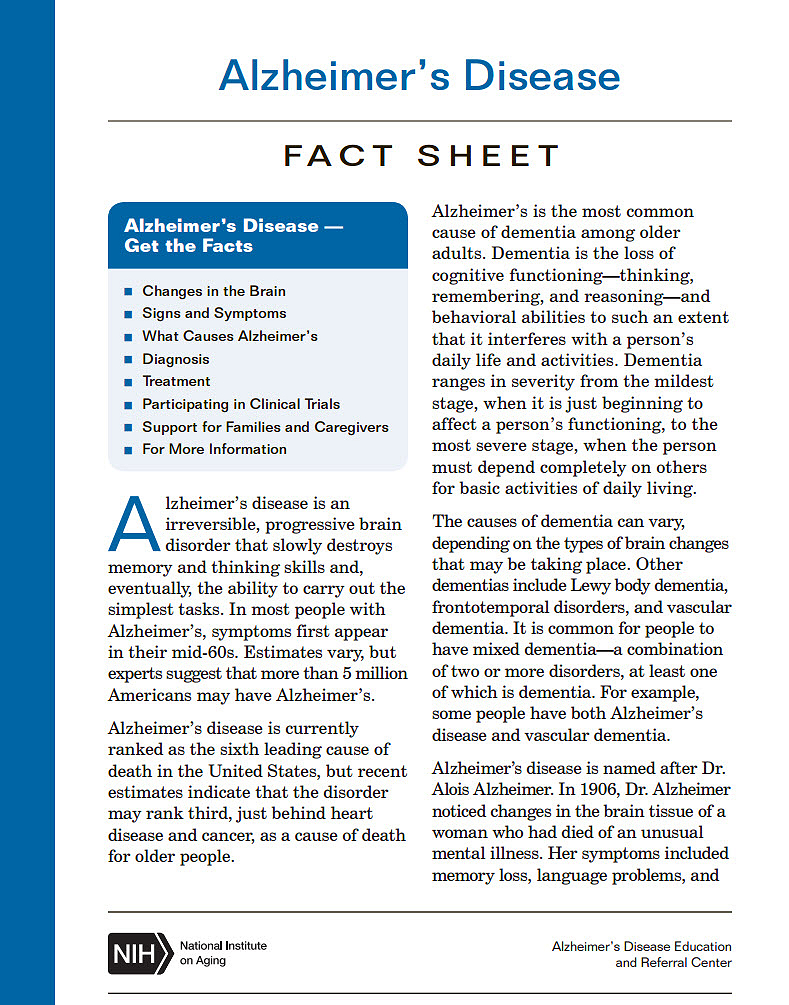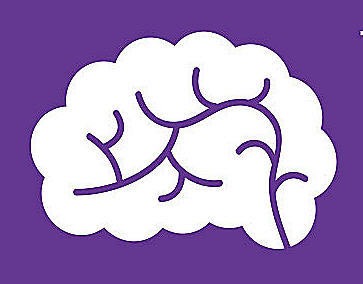(Alzheimer’s Australia) Meal times provide us with an opportunity to spend time with our family and friends, as well as sharing food together. When caring for someone with dementia meal times can sometimes become stressful. Loss of memory and problems with judgment can cause difficulties in relation to eating and nutrition for many people with dementia. There are many ways to improve the situation.
Loss of Appetite
Forgetting how to chew and swallow, ill-fitting dentures, insufficient physical activity, and being embarrassed by difficulties can all result in a loss of appetite.
What to try
- Check with the doctor to make sure that there are no treatable causes for loss of appetite, such as acute illness or depression
- Offer meals at regular times each day
- Allow the person to eat when hungry
- Encourage physical exercise
- Provide balanced meals to avoid constipation
- Try a glass of juice, wine or sherry, if medications permit, before the meal to whet appetite
- Offer ice cream or milk shakes
- Try to prepare familiar foods in familiar ways, especially foods that are favourites
- Encourage eating all or most of one food before moving on to the next: some people can become confused when the tastes and textures change
- Try to make mealtimes simple, relaxed and calm. Be sure to allow enough time for a meal. Assisting a very impaired person can take up to an hour
- Consult a doctor if there is a significant weight loss (such as 2.5kg in 6 weeks)
- Check with the doctor about vitamin supplements.
Overeating or Insatiable Appetite
What to try
- Leaving snack foods on the table may be enough to satisfy some people
- Try 5-6 small meals each day
- Have low calorie snacks available, such as apples and carrots
- Consider whether other activities such as walks, or increased social contacts may help
- Lock some foods in cupboards, if necessary.
Sweet Cravings
What to try
- Check medications for side effects. Some antidepressant medications can cause a craving for sweets
- Try milk shakes, egg nogs or low calorie ice cream.
Mouth, Chewing, and Swallowing Problems
Some causes of problems with eating may relate to the mouth. A dry mouth, or mouth discomfort from gum disease or ill-fitting dentures are common problems.
What to try
- Have a dental check up of gums, teeth and dentures
- Moisten food with gravies and sauces if a dry mouth is causing problems
- For chewing problems, try light pressure on the lips or under the chin, tell the person when to chew, demonstrate chewing, moisten foods or offer small bites one at a time
- For swallowing problems, remind the person to swallow with each bite, stroke the throat gently, check the mouth to see if food has been swallowed, do not give foods which are hard to swallow, offer smaller bites and moisten food
- Consult the doctor if choking problems develop.
At the Table
Pouring a glass of juice into a bowl of soup, buttering the serviette or eating dessert with a knife indicate that a person with dementia is having difficulty at the dinner table.
What to try
- Serve one course at a time and remove other distracting items from the table such as extra cutlery glasses or table decorations
- Ensure that the crockery is plain and is a different colour to the plain table cloth
- If the use of cutlery is too difficult serve finger food
- Eat with the person with dementia so that they can copy you
- Make sure that they are not rushed
- Keep noise and activities in the environment to a minimum
- Ensure there is adequate lighting
- Serve familiar food.
Other Considerations
- Keep eating simple. Not all food has to be eaten with cutlery if this is becoming difficult. Finger food can be a nutritious and easy alternative
- Keep in mind a person’s past history with food. They may have always had a small appetite, been a voracious eater or had a sweet tooth Watch food temperatures. While warm food is more appetising, some people with dementia have lost the ability to judge when food is hot or cold. Beware of using Styrofoam cups which not only hold the heat for a long time, but also tip over easily
- Spoiled food in the refrigerator, hiding food or not eating regularly may all be signs that someone living alone is in need of more support
- Many people with dementia do not get enough fluids because they may forget to drink or may no longer recognise the sensation of thirst. Be sure to offer regular drinks of water, juice or other fluids to avoid dehydration
- Many eating problems are temporary and will change as the person’s abilities deteriorate.

Adapted from Understanding difficult behaviours, by Anne Robinsons, Beth Spencer and Laurie White.
Alzheimer’s Australia
http://www.fightdementia.org.au/services/eating.aspx















